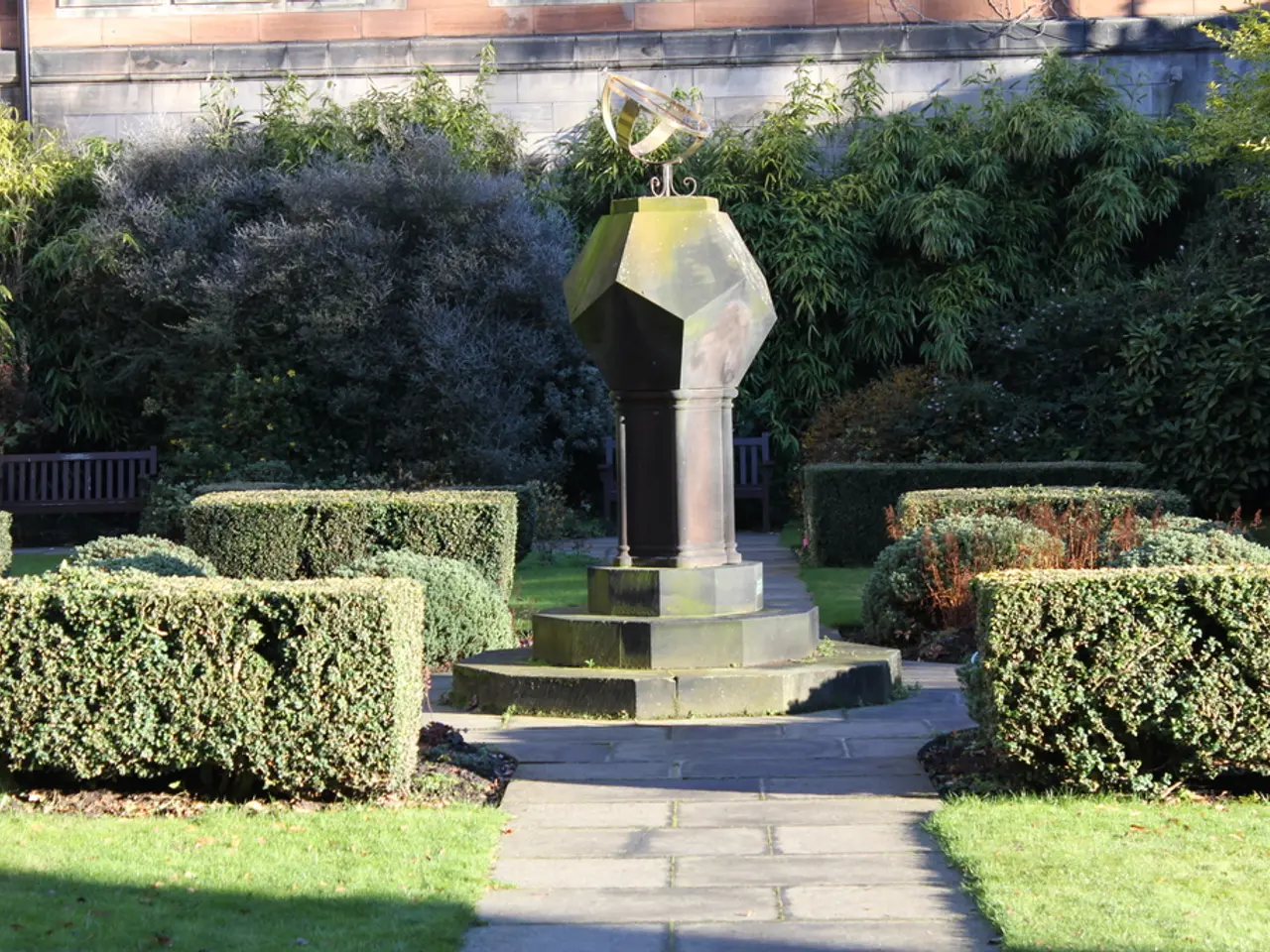Quebec's national parks: A serpentine journey through the wilderness
Quebec's national parks have a rich history that dates back to the early 20th century, reflecting the province's growing commitment to conservation and public enjoyment of natural heritage.
**Timeline of Quebec's National Park History**
The concept of protected areas in Quebec began to take shape in the early 20th century, aligning with conservation movements worldwide. The creation of some early provincial parks, such as Mont-Tremblant Park (1895) and La Vérendrye Park (1939), marked the beginning of this journey.
In the 1930s to 1960s, the focus shifted towards recreation and preservation, leading to the creation of more provincial parks. The official establishment of the Société des établissements de plein air du Québec (SEPAQ) in 1960 marked a significant milestone, as it became the agency responsible for managing provincial parks and wildlife reserves.
The 1970s to 2000s saw an expansion of the park network, development of facilities, and increased focus on ecological protection and sustainable tourism. The evolution continued in recent decades, with SEPAQ's mandate expanding to include environmental education, promotion of biodiversity, and collaboration with Indigenous communities.
**Evolution of SEPAQ's Mandate**
Initially, SEPAQ was primarily tasked with creating and managing outdoor recreational facilities. However, over time, its role evolved to actively protect ecological integrity and biodiversity while balancing tourism and recreational uses.
Today, SEPAQ manages a network of over 30 national parks, wildlife reserves, and historic sites in Quebec. Its mandate includes conserving natural habitats and wildlife, providing high-quality recreational and educational experiences, promoting sustainable development, and environmental awareness, supporting scientific research, and collaborating with Indigenous peoples and local communities to manage natural resources responsibly.
This progression demonstrates Quebec's increasing dedication to preserving its natural heritage through SEPAQ, responding to environmental challenges and public demand for nature-based activities.
Despite this progress, Martin Soucy, the current CEO of SEPAQ, acknowledges that Quebec national parks have not yet reached the level of national pride compared to parks in the United States or Western Canada. This observation underscores the ongoing efforts to enhance the visibility and quality of Quebec's national parks.
In conclusion, the timeline of Quebec's national park history and the evolution of SEPAQ's mandate reflect the province's growing commitment to conservation and public enjoyment of natural heritage. As society continues to value outdoor activities and nature-based experiences, it is crucial for SEPAQ to continue its expansion and its missions of preserving and enhancing nature.
- As Quebec's commitment to natural heritage expands, it could be intriguing to see how elements such as housing, lifestyle, and home-and-garden design might integrate with the park ecosystems, promoting sustainable living and fostering a deeper connection to nature.
- For travel enthusiasts seeking a unique blend of adventure and history, Quebec's national parks—with their rich conservation history and SEPAQ's growing mandate—offer opportunities for sports and outdoor recreation, making them appealing destinations for tourism and exploration.




